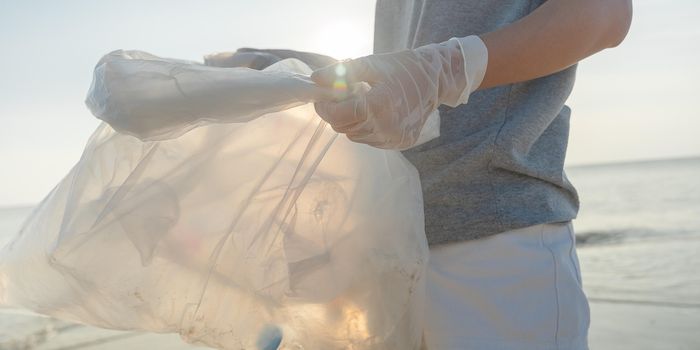Why the Flu Vaccine Doesn't Work for Young Leukemia Patients
The influenza vaccine may not be as effective as it needs to be for young leukemia patients, who are at an especially high risk for infection while undergoing treatment. A new study from St. Jude Children’s Research Hospital, published in the Journal of Pediatrics, showed that vaccinated leukemia patients were no more protected from the virus than patients who were not vaccinated.
The flu may not seem that serious to some people, just an infection that makes a person feel miserable for a week and goes away. But for those individuals whose immune systems are weak, like elderly people, babies, and children with chronic illness, an infection with flu can be deadly.
Influenza vaccinations appeared to have no protective effect in a study of nearly 500 cancer patients who were currently undergoing treatment for acute leukemia. Of the 345 patients who received flu shots and the 144 who did not, rates of flu and “flu-like illness” were virtually the same.
Lead author Elisabeth Adderson, MD, stresses that the present study displays only preliminary data. "The annual flu shot, whose side effects are generally mild and short-lived, is still recommended for patients with acute leukemia who are being treated for their disease," she said.
Also, past studies have shown that “following vaccination, 28 to 100 percent of pediatric cancer patients developed levels of antibodies considered adequate to provide protection.”
The current study, which included flu seasons between 2011 and 2014, used a trivalent vaccine developed to vaccinate against three different flu strains. Every year, experts collect data to make their best prediction of which flu strains will be the most prominent for the upcoming flu season. Researchers confirmed that the vaccine used in the study accurately illustrated the flu strains most common during each flu season studied.
Adderson understands the results of the study as a sign that more research is needed to understand how the flu vaccine works or doesn’t work for young leukemia patients. Also, there is a call for better protection for acute leukemia patients that goes beyond vaccination. Adderson explains that good hand hygiene, avoiding crowds during flu season, and encouraging people around cancer patients to get vaccinated could all help prevent the flu. Surrounding a cancer patient with people vaccinated against the flu provides herd immunity, a phenomenon that describes the protection of an individual without receiving a vaccine just because they’re surrounded by people who won’t get sick.
Lastly, in the future, Adderson is considering looking at the different types of leukemia in the context of the flu and vaccination. Does a particular type of pediatric leukemia put patients at risk of flu even after receiving the vaccine?
Pediatric leukemia is a cancer that begins in early blood-forming cells in the bone marrow, usually in white blood cells. It is the most common cancer in children and teens.
Sources: American Cancer Society, St. Jude Children’s Research Hospital









